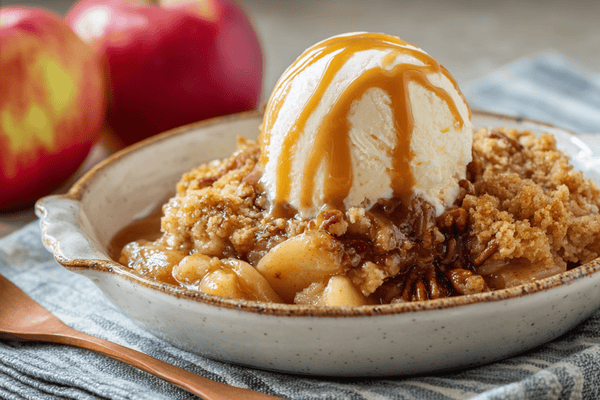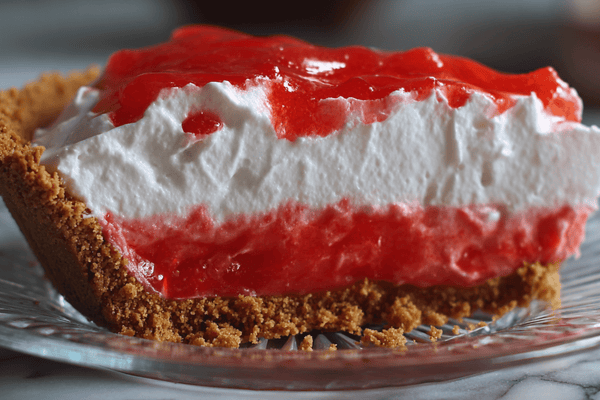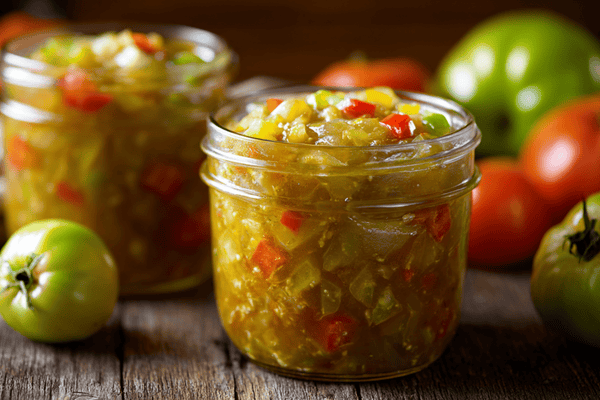 The beauty of using Japanese knives is that there are so many different types. This means that you can have a specific knife for almost anything you need to do. But with this variety comes a whole host of confusion, especially for people who are new to using Japanese knives.
The beauty of using Japanese knives is that there are so many different types. This means that you can have a specific knife for almost anything you need to do. But with this variety comes a whole host of confusion, especially for people who are new to using Japanese knives.But don’t let this put you off. These knives are sharp, precise and super effective so it’s worth familiarising yourself with the different types before stocking your kitchen with blades.
The deba knife was traditionally used for boning and filleting fish. However, modern chefs also use it in very similar ways to the chef’s knife or santoku knife.
If you’re looking to add a deba knife to your kitchen arsenal then this guide is for you. It’ll tell you everything you need to know about these knives as well as the most common deba knife use.
Table of contents
What Is a Deba?
 The Japanese deba knife is quite different from other types of Japanese blades because the thickness of the blade is not the same.
The Japanese deba knife is quite different from other types of Japanese blades because the thickness of the blade is not the same.With deba knives, you need something that has a sharp blade like other types of Japanese kitchen knives but that is also well-balanced and heavy. The weight and length need to be perfectly balanced with the handle.
You will notice that the weight of the knife blade and the thickness of the spine set the deba knife apart from others. The handle usually has a very typical, traditional Japanese style and is more often than not made from wood.
One of the great things about the deba knife is that, much like the santoku, it’s really comfortable to use. This is largely thanks to how wide the blade is but you’ll also notice how well aligned with the handle it is. The result is that you are more easily and freely able to move your fingers when you are cutting without touching the board.
When choosing a deba knife, you’ll have a variety of sizes but they typically range between 150mm and 330mm. The blade usually has a slightly curved edge which doesn’t look all that dissimilar to the gyuto knife which is the Japanese version of the chef’s knife.
Normally, a deba knife would be made from carbon steel, which is the case with a lot of Japanese knives. However, this applies more to traditional deba bochos and the modern versions may be made from Damascus or stainless steel which do not require anywhere near as much maintenance.
While all deba knives are designed with the same general purpose in mind, there are slight differences that make some knives more suited to certain tasks than others. For this reason, there are four different types of deba knives that you might need to choose between.
● Ko deba; this is a smaller type of deba knife that is perfect when working with small fish and especially useful for removing fish bones
● Hon deba; this is the original type of deba knife and is thicker and heavier than all the other types
● Mioroshi deba; if you’re looking for a knife to fillet thin or long fish then this would be the right type of deba knife for the job. It is great for deep and precise cuts
● Kanisaki deba; this is a very specific type of deba knife that is designed for cutting shellfish like crab and lobster.
Traditional Deba Knife Use
 The term deba bocho simply means pointed carving knife and this is a traditional type of knife used for preparing Japanese cuisine. Its primary purpose is to reduce stress than breaking down whole fish and filleting them. But it can also be used with other meats that have smaller tendons and small bones such as chicken.
The term deba bocho simply means pointed carving knife and this is a traditional type of knife used for preparing Japanese cuisine. Its primary purpose is to reduce stress than breaking down whole fish and filleting them. But it can also be used with other meats that have smaller tendons and small bones such as chicken.The obtuse angle at the back of the heel and the thickness of the deba blade mean that it is perfect for these jobs. The overall design of the knife means that you can make precise yet very deep cuts using a serious amount of pressure. You’ll also notice that the blade has a very sharp tip which makes it far easier to separate the fillets when you slide the knife down the bones.
How Modern Chefs Use the Deba Knife
While the deba knife was originally designed for filleting and breaking down fish and chicken, modern chefs have found other ways to put this brilliant Japanese knife to good use. This makes it far more versatile than you might first have imagined.The deba knife is so comfortable to use and this means that a lot of cooks turn to it for everyday cutting tasks like cutting veggies and different types of meat, normally performed by many modern knives. There are some similarities between a western utility knife and the deba which further demonstrates how it can be so diverse.
That said, it is not recommended to use a deba knife when you need to cut through meats that have big bones. Anything larger than a fish bone is likely to damage the blade so you’ll need to choose something that’s designed for this purpose.
Final Thoughts
The deba knife was traditionally used as a fish filleting knife but it’s incredibly versatile and can be used for other things like cutting vegetables, fruits and meats.These knives are incredibly robust and weighty and they feel immensely comfortable in the hand. They’re easy to tell apart from other Japanese knives owing to the thickness of the blade but they do share some similarities with the gyuto knife.


